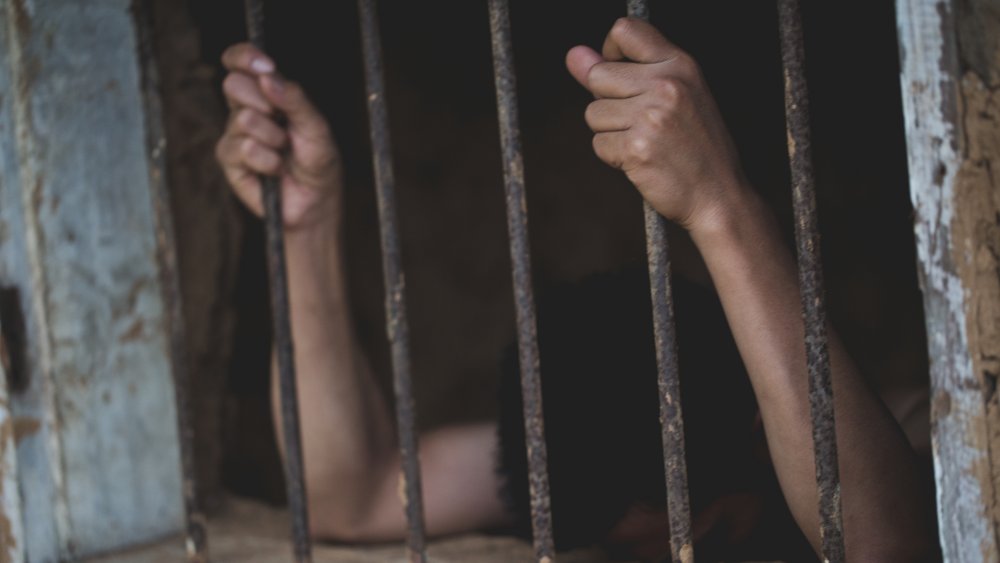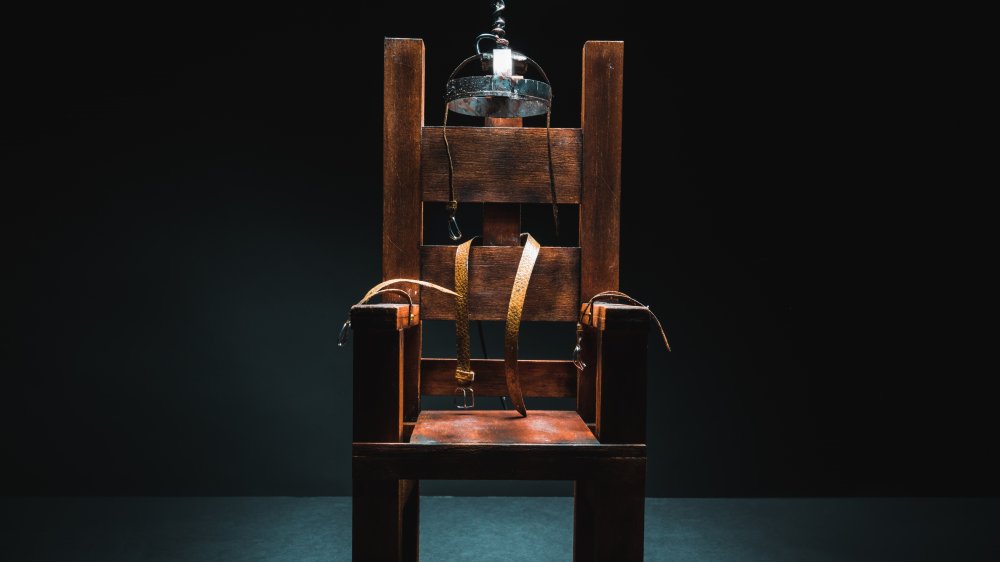What The Final 24 Hours Of A Prisoner On Death Row Are Like
According to the Death Penalty Information Center (DPIC), there are presently around 2,500 individuals in prison facing execution in 29 of the 50 states. (The other 21 states have abolished the death penalty.) The U.S. is one of the few Western countries that still allows capital punishment; most frequently the sentence is handed down for the crime of murder, though on the federal level it can also be levied for espionage, treason, large-scale drug trafficking, or the attempted murder of a witness or officer.
Critics of execution — among them, Sister Helen Prejean, author of Dead Man Walking — will argue that the threat doesn't actually deter crime. It tends to be applied unevenly — far more people of color are condemned to death than are whites — and the sentence tends to be handed down in cases in which the defendant has, at best, inadequate or even incompetent legal counsel. The NAACP Legal Defense and Educational Fund, cited by the DPIC, says that those 2,500 death row inmates are overwhelmingly male: as of January 1, 2020, just 53 are women.
Most executions today are performed via lethal injection
There were 22 people executed in the United States in 2019, says CNN. In the U.S., most often, the convicted will be executed by lethal injection. Dr. Allen Ault, former Director of Corrections for the State of Georgia, told the U.K.'s Mirror that the routine, delineated in the department's policy book, is laid out "hour by hour, even minute by minute."
The evening before, the prisoner is moved from the cell on death row to the place of execution — the "death house." They're searched and then handcuffed for the trip. That final night's rest, such as it is, will be constantly monitored by guards watching. Whether they've slept or not, condemned inmates are awakened at 4:30 a.m. Prisoners are allowed to speak to friends or family members, make final phone calls, perhaps even converse with a prison chaplain. Visitors are removed by 8 a.m., leaving only contact with prison personnel from then on. That's also when the execution equipment is tested.
Some states still use the electric chair
Lunch is served — standard prison food — at 10:30 a.m. If the execution will be conducted using the electric chair, the prisoner's head is shaved at 3 p.m. A half-hour later the condemned will take a shower and then will be given a new prison uniform to wear.
The famous "last meal" is served at 4 p.m. It may or may not be extravagant — most states have a budget limit on the repast. Execution witnesses arrive at 5 p.m. The "last walk" usually takes place between 6-8 p.m. The lethal injection is prepared about 15 minutes in advance. The viewing area for the witnesses is divided by a wall, with a window, between it and the death chamber itself. The curtain is drawn on the window, and it's time for a final statement from the condemned, though in Pennsylvania only a written statement is allowed.
The chaplain imposes hands on the prisoner. And then eternity.


